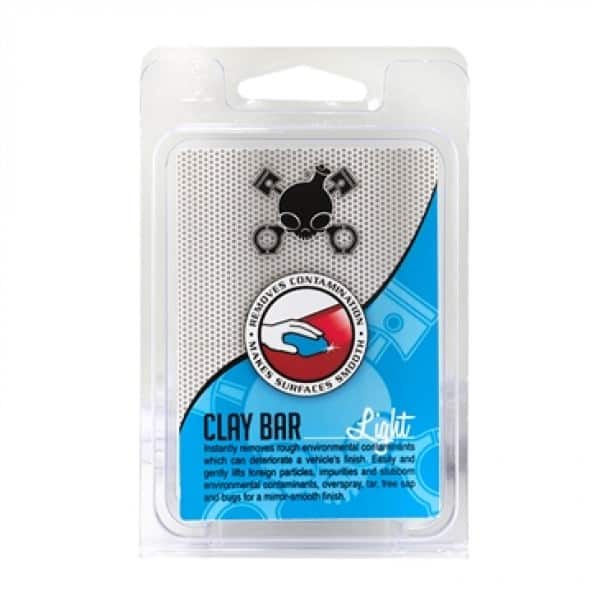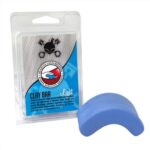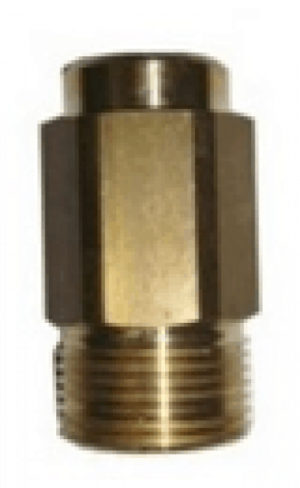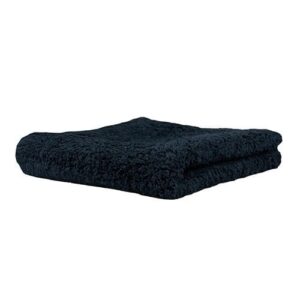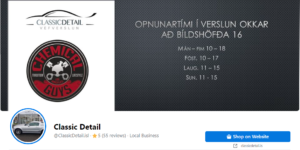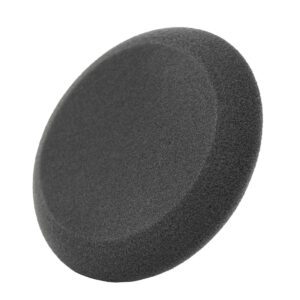– Medium Size 100gr.
– Fjarlægir alla light til Medium oxideringu. Tryggir þessa „mjúku“ áferð.
– Scratch Free Blanda
– Mjög teygjanlegt
– Létt og mjúk áferð. Ekki hrjúft.
– Hentar fyrir allar lakk týpur, gler, fiberglass, og málm.
Önnur kynningar og kennslumyndbönd um Chemical Guys vörurnar á ensku eru hérna á síðunnu okkar undir Video tenglinum á forsíðu.


Part Number CLY_401
Size 100 g
Color Blue
Grade Light Duty

What Can Contaminate Your Vehicle’s Surface?
1. Brake Dust – Particles produced from the friction of brake pads rubbing against the rotor. This metal on metal friction disperses tiny particles of bare metal into the air and on the highways and virtually everywhere your car travels. Constant movement of vehicles propels it into the air and dispenses it over the vehicle’s surface.
2. Industrial Fallout – Another word for pollution, industrial fallout is a by-product of our surroundings. It comes from industrial businesses and factories as well as diesel vehicles and includes even airplane fallout.
3. Rail Dust – Produced from the friction of train wheels against railroad tracks. Over 75% of new vehicles are shipped by rail. Nearly all new vehicles are contaminated as soon as they leave the factory.
When Should You Clay Bar?
You can clay bar your car as often as you wish or simply prior to waxing or polishing your vehicle. To acquire the best smooth as glass touch and feel result it is ideal to always clay bar your vehicle prior to application of wax, glaze, polish or paint sealant. Many people have never heard of clay baring because for a while clay bars were only available to professionals. Claying is less abrasive then polishing or buffing the surface. Claying actually pulls out foreign particles and contaminants that have embedded themselves in the paint. Polishes are intended more to be used as cleaners for paint, such as cleaning the paint, filling swirls and scratches, restoring and maximizing shine by smoothing over sharp edges.
How is clay different from polishing or buffing?
Many people have never heard of clay barring because for awhile clay bars were only available to professionals. Claying is less abrasive than polishing or buffing the surface. Claying actually pulls out foreign particles and contaminants that have embedded themselves in the paint. Polishes are intended more to be used as cleaners for paint, such as cleaning the paint, filling swirls and scratches, restoring and maximizing shine by smoothing over sharp edges.
Do I need a clay lubricant?
Yes! Clay bars absolutely need some kind of lubricant to work correctly. Without lubricant, clay bars cannot move freely over the surface and work as intended. Without proper lubrication a clay bar will catch on contaminants, pull them across the surface and possibly scratch or mar paint. Clay bars are such intended as to work with proper clay bar lubricants are formulated to lubricate the surface allowing the clay bars to glide more freely across a surface. Lubricants aid the clay bar in lifting particles and allow the clay bar to move freely from raking roughly across the paint and causing possible scratches.
Can you use soap as a lubricant?
No! Lubricants are formulated to work with the clay bar and will not impact the integrity and cleaning ability of a clay bar. Shampoos and car wash soaps may damage the clay bar leading to deterioration, which in turn will limits its cleaning ability and shorten its life span. Specially formulated clay lubricants are formulated with uniquely engineered surface lubricants to allow for superior gliding of the clay bar and provide a slippery protective layer that clay bars can safely glide across.


